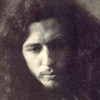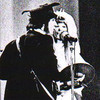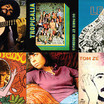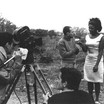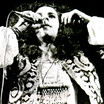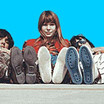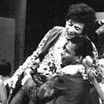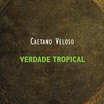Ruídos pulsativos

Geléia Geral
Tropicalism cannot be imagined without its precursors: Tom Jobim, Vinícius de Moraes and, principally, João Gilberto. A movement that revolutionized the Brazilian music scene at the end of the fifties, Bossa Nova was a historic moment in Brazilian culture. Its formal precision and its beauty represented one of the faces of developmental modernization during the Kubitschek era. Rupture with the past and renewal of tradition walked hand-in-hand in the formal and thematic innovations of the songs. The movement’s great milestone was the release of the record Chega de Saudade (Enough nostalgia), by the Bahian João Gilberto, in 1959. The soft, almost spoken vocal, the concise rhythm of the guitar picking and the harmonies used by João provoked a veritable revolution, becoming a (or “the”) watershed in Brazilian popular music. The record influenced an entire generation of musicians such as Chico Buarque, Edu Lobo, Jorge Ben, Milton Nascimento and, principally, the Tropicalists Caetano Veloso and Gilberto Gil.
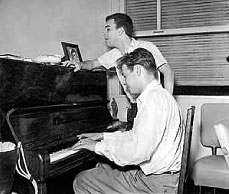
“se você insiste em classificar
meu comportamento de antimusical
eu mesmo mentindo
devo argumentar
que isto é bossa nova
isto é muito natural“
Tom Jobim e Newton Mendonça
In Bossa Nova compositions, melody, harmony, rhythm and counterpoint form a whole, with no single element prevailing over the others. In the same way, Bossa Nova encourages the integration of the singing with the song, decreeing the end of operatic vocal tricks, or the melodramatic flights of bel canto. In the lyrics of the songs, the word is valued for its individual sonority. The guitar is valorized as an instrument. Drums and horns are played down in favor of cleaner instruments, like the piano and the flute.

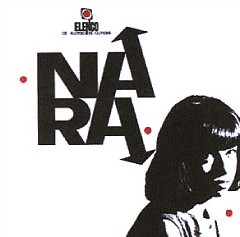
From being initially influenced by jazz, be-bop and cool jazz, Bossa Nova, with its international explosion at the beginning of the 60s, became an influence on American music, imposing itself as a Brazilian product that was modern and universal. The rhythm born at the edge of the ocean in Copacabana became, therefore, a typical case of the “cultural cannibalism” thought of in the anthropophagy of Oswald de Andrade.
And it is with his eyes set on Bossa Nova and his ears glued to the voice and guitar of João Gilberto, that Caetano Veloso proposes, in May, 1966, the “recapturing of the evolutionary line” in Brazilian music. The recapturing of this evolutionary line by the young Bahian songwriter would result, soon afterwards, in Tropicalism.





